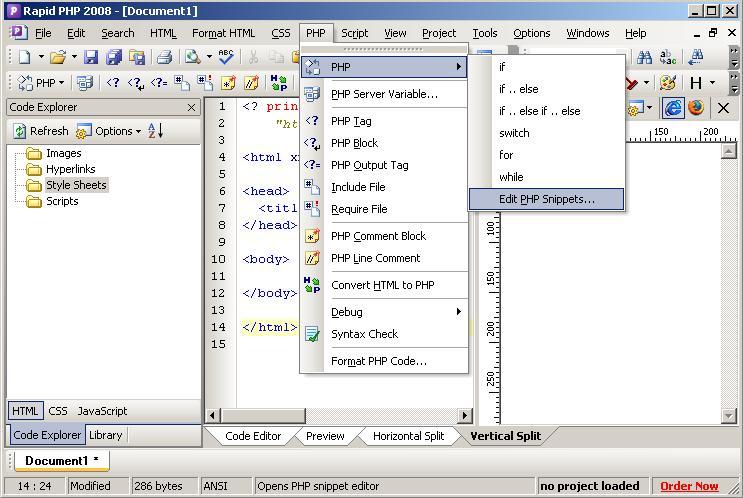
(C) Construction of peptide display libraries. Values indicate RNA expression normalized to CAG vectors in each cell type (mean ± SD). RNA was quantified by real-time RT-PCR 48 h post-treatment. Depicted transgenes were packaged in AAV9 capsid and tested in HEK293T cells or primary mouse brain cells (1e5 VG/cell, n = 3). (B) Activity of CAG, SYN, and GFAP promoters in TRACER tandem configuration (left panel) or single promoter configuration (right panel). Primers used for the recovery of the 2.8-kb capsid library amplicon are indicated at the bottom.

Dashed lines indicate AAV intron (top) or synthetic CMV-globin intron (bottom), solid lines represent minor (thin line) and major (thick line) capsid transcripts. (A) Map of wild-type AAV (top) and TRACER library vectors (bottom). Our results demonstrate that the TRACER platform allows rapid selection of AAV capsids with robust BBB penetration and CNS tropism in non-transgenic animals. Ten individual variants were characterized and showed up to 400-fold higher brain transduction over AAV9 following systemic administration. This RNA-driven screen platform, termed TRACER (Tropism Redirection of AAV by Cell-type-specific Expression of RNA), was tested in the mouse with AAV9 peptide display libraries and showed rapid emergence of dominant sequences.


To address this issue, we developed a directed evolution approach based on recovery of capsid library RNA transcribed from CNS-restricted promoters. However, these strategies require transgenic animals and thus are limited to rodents. Recent studies using function-driven evolution of adeno-associated virus (AAV) vectors have successfully identified engineered capsids with improved blood-brain barrier (BBB) penetration and CNS tropism in mouse. Therapeutic payload delivery to the central nervous system (CNS) remains a major challenge in gene therapy.


 0 kommentar(er)
0 kommentar(er)
